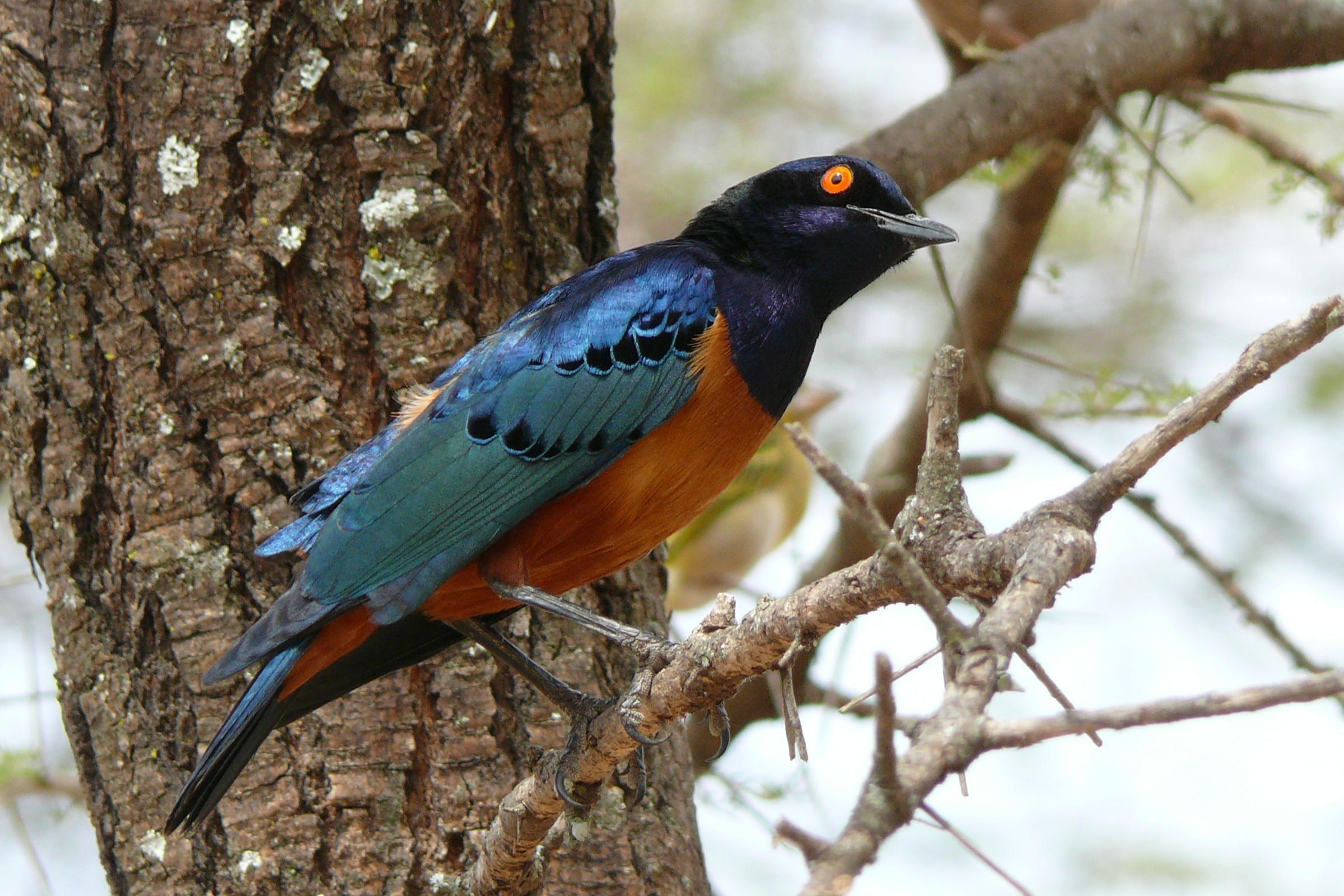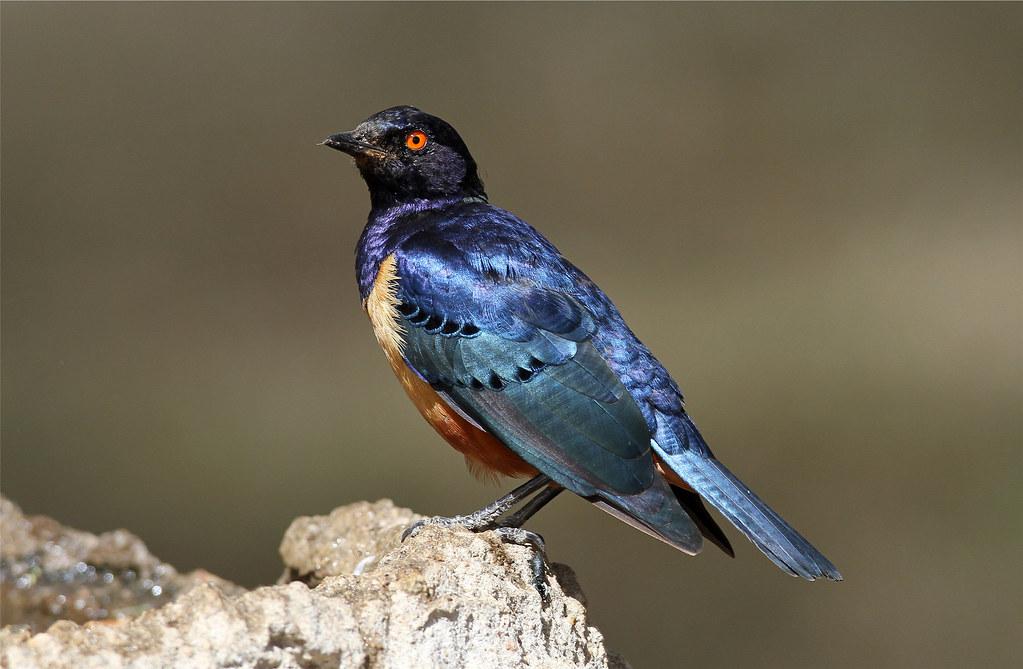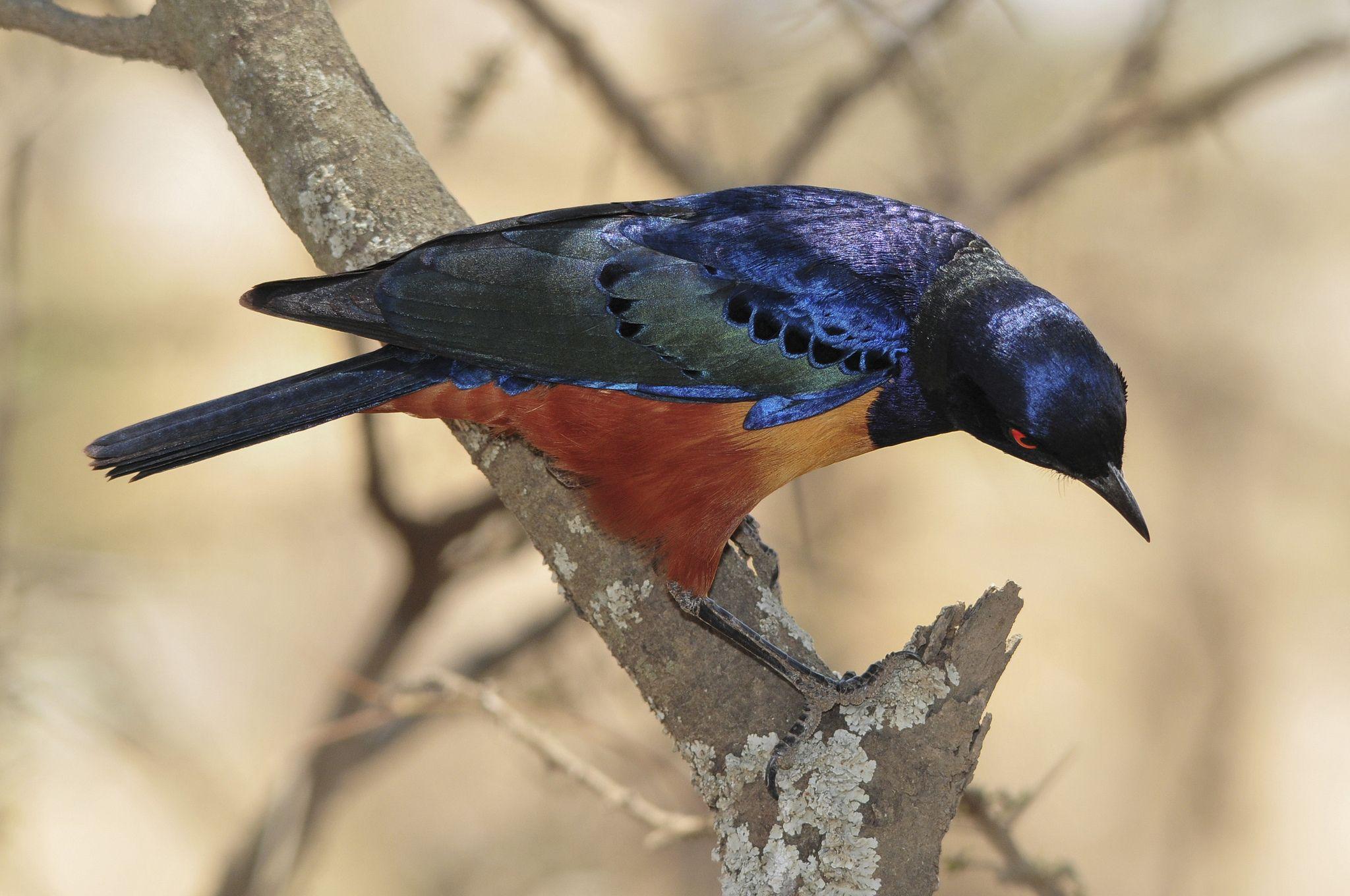Chasing Brilliance: Hildebrandt’s Starling and the Beauty of Eastern Africa

Hildebrandt’s Starling is a stunning and charismatic bird species native to the eastern regions of Africa Hildebrandt’s Starling, scientifically known as Lamprotornis hildebrandti, is a stunning and charismatic bird species native to the eastern regions of Africa. Named after the 19th-century German explorer, Johann Maria Hildebrandt, this avian beauty is celebrated for its striking appearance and unique behaviors. In this article, we’ll delve into the fascinating world of Hildebrandt’s Starling.

One of the most captivating aspects of Hildebrandt’s Starling is its exquisite plumage. These birds are adorned with a vibrant palette of colors, featuring iridescent blues, purples, and greens that shimmer in the sunlight. Their strikingly contrasting black and white markings accentuate their overall beauty. These avian gems are often considered some of the most visually striking starlings in Africa.

Hildebrandt’s Starlings are predominantly found in the savannahs and woodlands of East Africa. Their range extends from Kenya in the north to Tanzania in the south. They prefer habitats with a mix of open areas and trees, which provide them with suitable foraging and nesting opportunities.
These starlings are highly social birds and are often seen in large flocks. Their gregarious nature extends beyond their own species, as they frequently associate with other bird species, such as other starlings and mynas, in mixed-species flocks. This behavior is believed to provide them with enhanced protection against predators and improved foraging opportunities.

Hildebrandt’s Starlings have a diverse diet, consisting of insects, fruits, seeds, and nectar. They are known for their agility in capturing insects on the wing, displaying impressive aerial acrobatics during hunting. Additionally, their voracious appetite for fruit makes them important dispersers of seeds in their ecosystems, contributing to the regeneration of plants.

During the breeding season, which typically occurs from September to January, Hildebrandt’s Starlings engage in the construction of elaborate nests. They often choose tree cavities or other natural crevices for nesting sites. The female typically lays a clutch of eggs, and both parents share the responsibilities of incubation and chick-rearing. This cooperative breeding behavior is a testament to their strong family bonds.

Hildebrandt’s Starling is generally considered a species of least concern in terms of conservation. However, like many other wildlife species, they are vulnerable to habitat loss and degradation due to human activities, such as deforestation and land development. Conservation efforts are essential to ensure their continued presence in the wild.

In the world of ornithology, Hildebrandt’s Starling stands out as a natural wonder. Their striking plumage, social behaviors, and ecological roles make them a species of great interest to bird enthusiasts and scientists alike. As we appreciate the beauty and uniqueness of this species, it is incumbent upon us to protect their habitats and ensure their survival for future generations to admire and study.